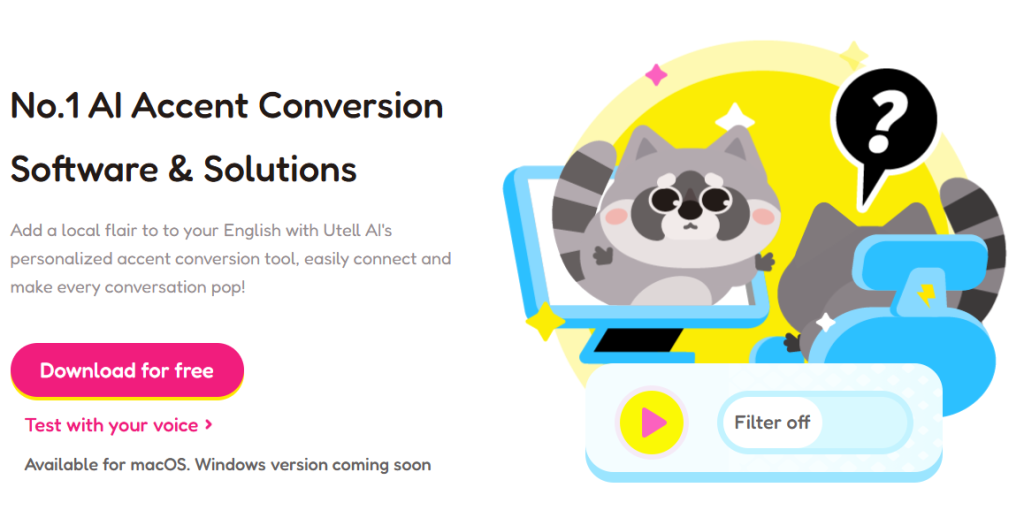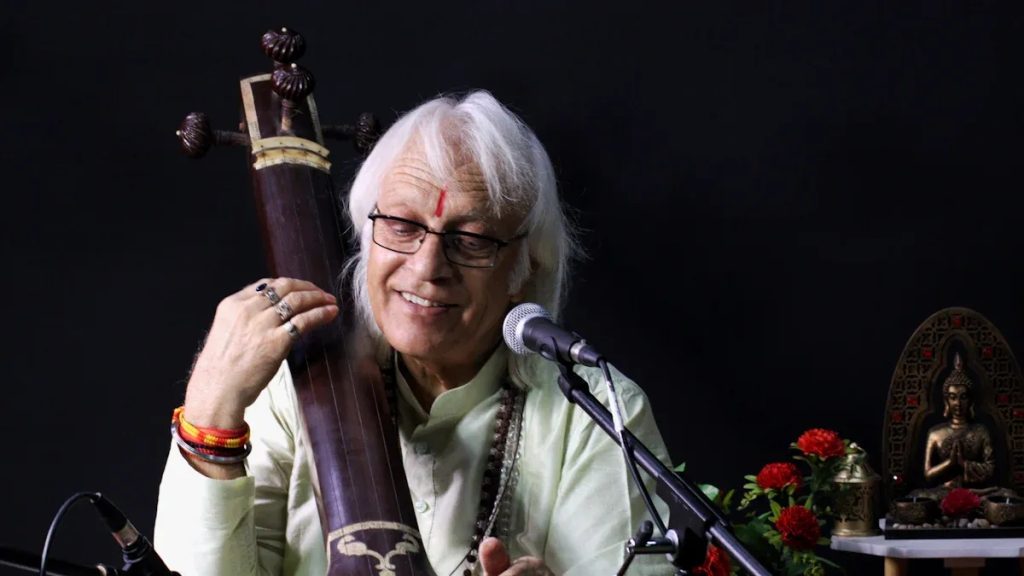You may notice Indian accents are easy to spot when you travel or meet people from India. India has many different people, and this shows in how they talk. Every conversation feels special. The 2011 Indian Census says about 260,000 people in India call English their first language. Most of these people live in Maharashtra and Tamil Nadu. This mix of voices helps create Indian English. Sometimes, it makes listening to Indian English interesting and tricky. In business or travel, you might need patience and a sense of humor to talk well. Accent differences can cause confusion. Have fun as you listen to these different sounds!
- What Is an Accent?
- Why Are Indian Accents So Popular?
- Most Dinstinctive Indian Accents You Should Know
- How to Reduce Indian English Accent?
- FAQs
What Is an Accent?
Have you ever wondered why people from different places sound so unique, even when they speak the same language? That’s where the idea of an accent comes in. An accent is all about how you pronounce words. It doesn’t change the words you use or the way you put sentences together. You might notice that your friend from another city says the same things as you, but the words sound a little different. That’s their accent showing up!
Accent vs Dialect
Let’s break it down even more. Here’s how linguists explain the difference:
- An accent is just about pronunciation. It’s the way you say words.
- A dialect covers more ground. It includes pronunciation, vocabulary, grammar, and even how you use words.
- For example, if you say “soda” and someone else says “pop,” that’s a dialect difference. If you both say “soda” but it sounds different, that’s an accent.
- Accents are part of dialects. Every dialect has its own accent, but not every accent means you’re speaking a different dialect.
Tip: Everyone has an accent—even you! It’s just the way your speech sounds to others.
Indian Context
Now, let’s talk about the Indian accent. When you hear indian english, you’ll notice that the accent changes from one region to another. This happens because people grow up speaking different regional languages at home. These languages shape the way they pronounce English words. For example, someone from Kerala might have a different indian accent than someone from Punjab. Even within indian english, you’ll find many accents, each with its own flavor.
Linguists say that indian english is a mix of many regional and occupational dialects. Each indian accent reflects the sounds and patterns of local languages. Sometimes, people from different parts of India find each other’s accents hard to understand! You might hear Tamil English, Bengali English, or even Babu English in offices. All these accents make indian english rich and colorful.
Why Are Indian Accents So Popular?
Have you ever thought about why people talk about indian accents so much? You hear these accents in movies, TV shows, and call centers. They sound different from accents in the US or UK. When someone from India speaks, their words sound special. This makes the accent easy to remember.
You hear indian accents in many places for a few reasons:
- Global Workforce: Many people in India use English at work every day. You might talk to someone from India when you call for help with a problem.
- Bollywood and Media: Indian movies and music are popular around the world. Actors and singers often keep their own accent, so you hear it a lot.
- Travel and Business: People from India visit and work in many countries. Their accent becomes part of how people talk in business.
- Internet and Social Media: Indian people make videos on YouTube, Instagram, and TikTok. They share their lives and ideas, and you get used to their accent.
Fun Fact: Some people like to copy the indian accent for fun or in comedy shows. This shows that the accent is very well-known!
The accent can change from one part of India to another. Each place has its own way of speaking. This makes indian accents even more fun to hear. When you listen to these accents, you learn about the culture and history of India. You also get better at understanding different ways people speak English.
Most Distinctive Indian Accents You Should Know
North Indian Accent
When people from North India speak English, you may notice some things. Their accent sounds strong and clear. They use retroflex consonants. This means they curl their tongue back for ‘t’ and ‘d’ sounds. The short ‘i’ in “bit” can sound like ‘ee’ in “beet.” Sometimes, they add a vowel to hard words. For example, “film” can sound like “filum.” The rhythm is steady. Each syllable gets about the same time. Some people do not say the ‘r’ at the end of words. Here are some things you might hear:
- Clear consonant sounds
- Retroflex ‘t’ and ‘d’
- Syllable-timed rhythm
- Rising tone at the end of statements
| Regional Accent | Key Features | Distinctive Traits |
|---|---|---|
| North Indian | Clear ‘r’, retroflex ‘t’/’d’, less nasalization | Strong, clear sounds |
South Indian Accent
The South Indian accent is easy to spot because it sounds musical. You will hear a strong ‘r’ at the end of words. For example, “water” can sound like “watar.” The ‘r’ may be tapped or rolled. This depends on the speaker’s first language. South Indian English does not curl the tongue much for ‘l’ and ‘n.’ Many people say ‘t’ or ‘d’ instead of ‘th.’ Words like “wet” and “vet” can sound the same. The accent comes from Dravidian languages. These include Tamil, Telugu, Kannada, and Malayalam. You might notice:
- Rhotic ‘r’ (pronounced at the end)
- Replacing ‘th’ with ‘t’ or ‘d’
- Syllable-timed, musical rhythm
- No difference between ‘v’ and ‘w’
Tip: Listen to how South Indian speakers say “button.” It often sounds like “butt-en.”
Bengali Accent
The Bengali accent sounds soft and musical. You will hear smooth vowels and a calm tone. Bengali speakers often add a vowel to hard clusters. For example, “school” can sound like “iskool.” The first syllable is usually stressed. The rhythm is gentle. Nasal sounds are common. The accent often sounds like music. Here is what makes it special:
- Melodic, even tone
- Vowel insertion in clusters
- Stress on the first syllable
- Nasalized vowels
Gujarati Accent
The Gujarati accent has its own style in Indian English. You may hear a softer ‘t’ and ‘d.’ Sometimes, ‘v’ and ‘w’ blend together. Gujarati speakers use a flat tone. Their English can sound a little sing-song. The Gujarati language shapes how words are said. This makes the accent easy to notice.
Marathi Accent
If you meet someone from Maharashtra, you may hear their Marathi accent. Marathi speakers use retroflex consonants and nasalized vowels. The ‘r’ sound is harder. The stress is usually on the second-to-last syllable. The rhythm is steady. The accent often has a special melody. You might hear:
- Harder ‘r’ sound
- Retroflex consonants
- Nasalized vowels
- Stress on the penultimate syllable
Note: The Marathi indian accent is special because of its intonation and stress patterns.
How to Reduce Indian English Accent?
If you want to sound more neutral when you speak, you first need to know what makes the indian english accent unique. Many people who speak indian english use retroflex sounds. You curl your tongue back for ‘t’ and ‘d,’ which makes them sound different from American or British English. You might also mix up ‘w’ and ‘v,’ or say ‘p’ without a strong puff of air. Sometimes, you speak quickly or use a flat pitch, which can make your words hard to understand.
Here are some common challenges you might face:
- You use retroflex ‘t’ and ‘d’ instead of the English versions.
- You speak faster than native speakers, which affects clarity.
- Your pitch stays flat, while English uses more ups and downs.
- You stress the wrong syllables, making your speech sound unusual.
- You might drop ‘r’ sounds or confuse ‘w’ and ‘v.’
Tip: Try slowing down and listening to native speakers. Focus on how they stress words and change their pitch.
You also use special words and phrases in indian english. For example, you might say “prepone” for moving a meeting earlier, or “do the needful” in emails. Words like “chappals” (sandals) and “brinjal” (eggplant) are common. These expressions make indian english colorful, but they can confuse people from other countries.
Utell AI

Utell AI can help you reduce your indian accent in real time. You do not need to practice or train. Utell AI changes your accent instantly during calls or meetings. It softens your indian english accent, improves voice quality, and removes background noise. You still sound like yourself, but your speech becomes clearer and easier to understand. Utell AI works with Zoom, Teams, and other platforms. You can use it for business, school, or even sales calls. The tool lets you keep your natural rhythm while making your accent more neutral.
You help make conversations better when you respect Indian accents. Listening to indian english teaches you about new cultures. Each accent shares a story about a person’s background.
Try watching movies or videos with indian english. You may see how it helps people connect. Enjoy these differences and stay open-minded. The world is more fun when you listen to every voice.
FAQs
What makes Indian English accents so different?
People in India speak many languages at home. These languages change how they say English words. Each place in India has its own way of talking. This gives you many different sounds and rhythms.
Can I understand all Indian accents easily?
Some Indian accents are easy to follow. Others may be harder at first. If you listen more, you will get used to them. Watching Indian movies or talking with friends helps you learn.
Do Indian accents affect job opportunities?
Your accent shows where you come from. What matters most is speaking clearly. Companies care about your skills and ideas. You can work on your accent if you want. But you do not need to change who you are.
How can I improve my understanding of Indian accents?
Listen to Indian podcasts, YouTube videos, or movies. Ask your Indian friends to speak slowly or repeat words. The more you practice, the better you get at understanding.
Are Indian English words different from American or British English?
Yes! You may hear words like “prepone,” “cousin brother,” or “do the needful.” These phrases are common in India but sound new in other places. Learning them helps you understand Indian English more.




It’s interesting how the blog highlights that Indian English isn’t just one accent but a mix shaped by region and history. I’ve noticed that even within the same state, accents can vary widely depending on whether someone grew up speaking English at home or learned it later. It makes me wonder how much these differences impact first impressions in business or travel settings, where clarity is so important.
This reminds me of when I first started working remotely with teams across India—the range of accents was a real learning curve! It definitely taught me to listen more actively and appreciate the unique rhythm and pronunciation of each region.